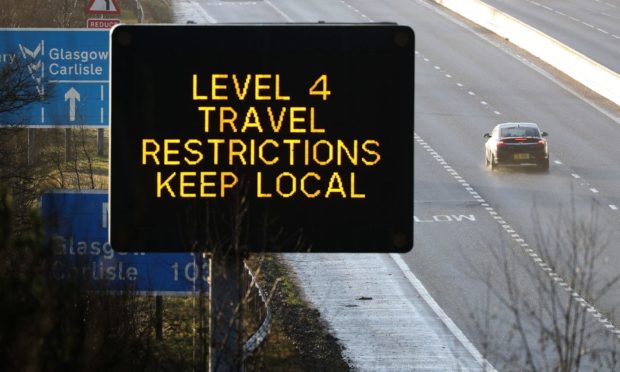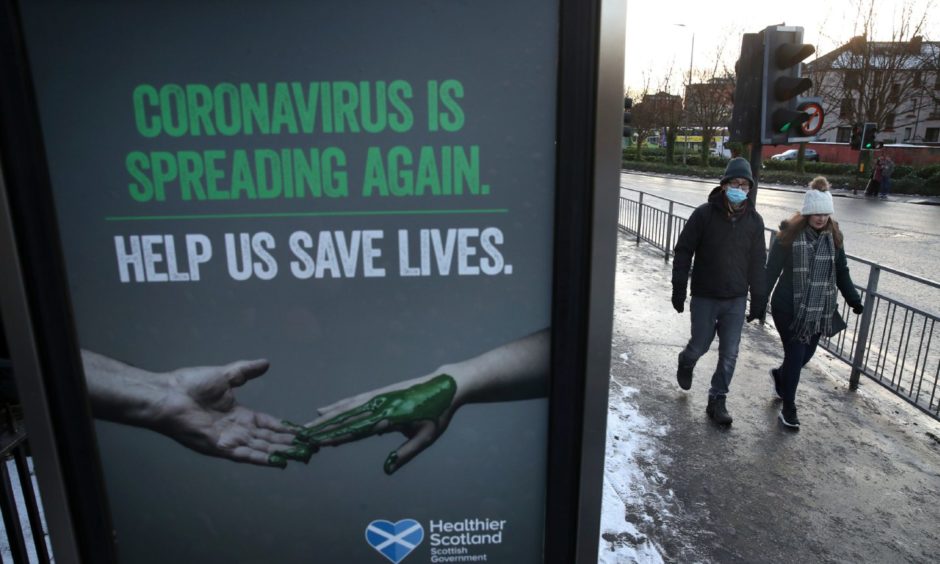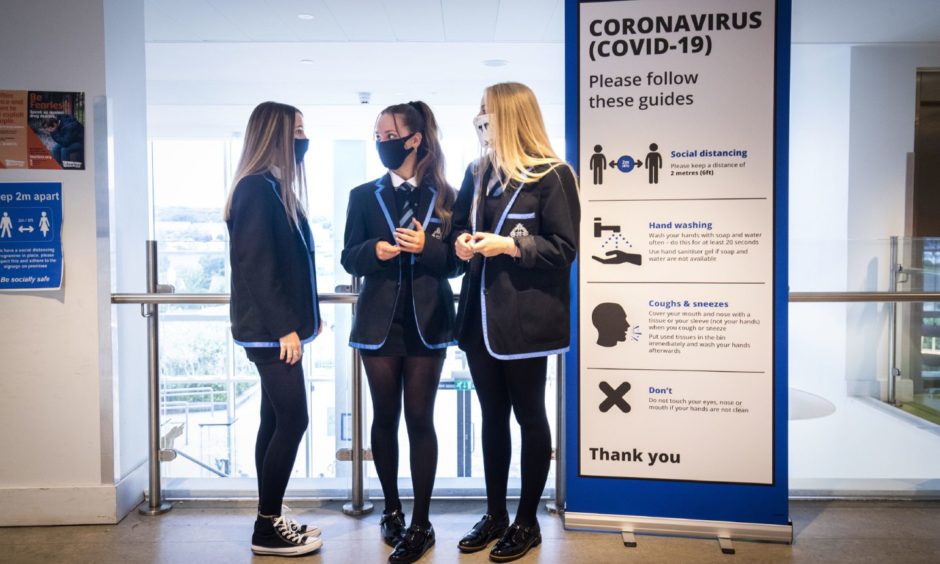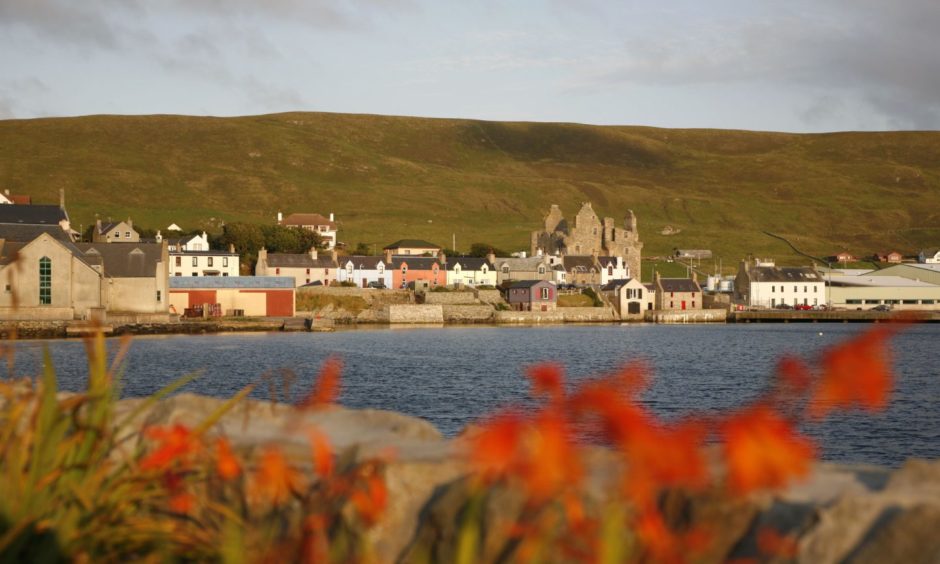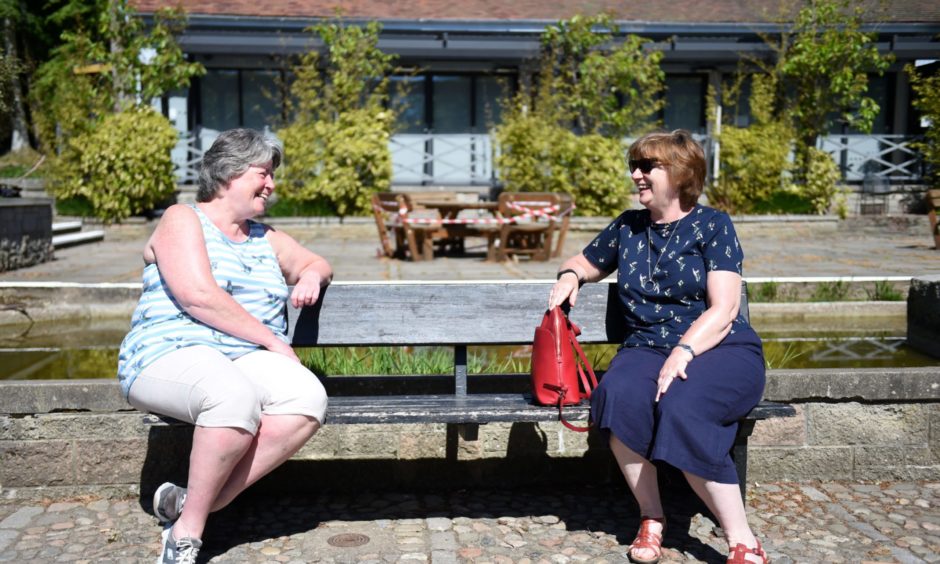First Minister Nicola Sturgeon will announce further measures to tackle a “rapid increase” in Covid-19 cases to parliament on Monday.
In a statement released on Sunday, Ms Sturgeon said the country must take “all steps” to slow the spread of coronavirus cases while vaccination of the population progresses.
The SNP leader warned just before Christmas that the country was facing a virus that spreads “much faster” than it did in March.
She added that the government was considering whether the current level four restrictions covering mainland Scotland, which were “not as stringent as the March lockdown”, would be “sufficient” to tackle the spread of the new variant.
Under level four restrictions, which were intended to be in place for three weeks from Boxing Day, non-essential shops have had to shut while bars, cafes and restaurants are only allowed to provide takeaway services.
We take a look back at some of the measures introduced during the March lockdown, and statements made by the Scottish Government in recent days, to assess what further action could be announced on Monday.
Stay at home style lockdown
Under the current regulations, people must keep journeys within their own local authority area to an “absolute minimum”.
The stay at home advice is currently guidance but speaking just before Christmas, the first minister said this could be backed up by law in a move similar to spring time.
In March, stringent limits were put in place which meant people could only leave their homes to shop for “permissable reasons”.
These included:
- to shop for basic necessities – but only once a day, at the most.
- to take exercise, no more than once a day, alone or with your own household, not in groups.
- for medical reasons for yourself – or if providing care or to support a vulnerable person
- to travel to essential work if that work absolutely cannot be done from home
Under the level four regulations, people must, by law, remain within their local authority area unless they have a reasonable excuse to travel to another.
This includes for work purposes, for school or for healthcare.
In a statement released on Sunday, the first minister urged the public to stay at home “as much as possible” and to “avoid non-essential interactions with other households”.
Schools
Schools were due to return to face-to-face learning on January 18 but Ms Sturgeon said last week that this was under review.
Deputy First Minister John Swinney said the government’s education recovery group will meet on Monday morning in advance of cabinet to consider the current advice in relation to schools and learning.
It is expected that tomorrow’s announcement will almost certainly mean a further delay to the return of schools into February.
Speaking on Wednesday, the first minister said she wanted to osee schools return normally on January 18 as planned but would be assessing the “up to date situation” over the next few days.
She added that if there were any changes these would be set out “as early as possible” to give parents and teachers “as much notice as possible”.
Nationwide restrictions
From Boxing Day, all of mainland Scotland was placed into level four restrictions, with the islands moving to level three.
Shetland, which remains in level three currently, was facing a potential move to level four restrictions after a recent wave of Covid-19 infections.
One of the options which remains available to ministers is to introduce a nationwide lockdown, similar to March, in which every part of country is under the same stringent measures.
Meeting other outdoors
No one in Scotland is permitted to visit other households indoors but there are exemptions for those who have formed extended households, to support informal childcare arrangements and for couples who do not live together.
Under current restrictions, a maximum of six people from two separate households can meet outdoors in a private garden or in a park.
During the first lockdown in March, it was not permitted to meet up with other households even outdoors.
Shielding
Shielding was initially put in place in March to protect those at greatest risk of severe complications from coronavirus from contracting the virus.
The national advice to shield has ended and those who were in that category should follow the same advice as everyone else in their local council area’s protection level.
Even in level four areas, there are no restrictions on socially distancing from people in the same household and it is possible to do unlimited amounts of exercise.
The Scottish Government has said in its guidance that “small changes” to the infection rate will not affect this advice.
However, they said people within this category may be asked to take “extra steps” to stay safe if there is “an increase in infection rates that gives us concern”.
Should this happen, the Scottish Government will inform individuals of this via a letter and through the text messaging service.
